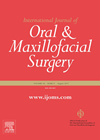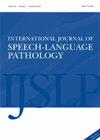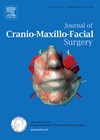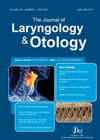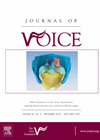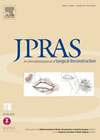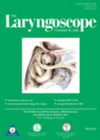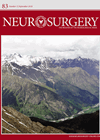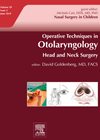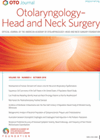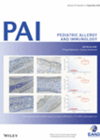
Journal Reviews archive for January 2019
Cycle helmets protective against facial injuries?
This is a meta-analysis completed by a maxillofacial unit on the South Coast of England. Nine studies from an initial literature review of 102 were included in the analysis. Cycling has been reported as the cause of 3-20% of facial...
Monitoring the mouth in ALS
Amyotrophic lateral sclerosis (ALS; or motor neurone disease) is characterised by gradual loss of function in the speech muscles resulting in a progressive deterioration in a person’s ability to communicate. The aim of this study was to investigate the use...
Occlusal splint, injections or arthrocentesis in myofascial pain
Facial pain is a fairly common complaint and may present in a myriad of symptoms. These patients present to both dentists and general practitioners and could end up referred to a number of specialists. Temporomandibular disorders may originate from either...
Predictors of postoperative improvement after endoscopic sinus surgery in patients with chronic rhinosinusitis
Improvement after endoscopic sinus surgery in patients with chronic rhinosinusitis varies considerably. If elaborate preoperative and intraoperative data could be used to predict the postoperative course, management and length of the follow-up could be adjusted to provide optimal care. Two...
An unrecognised anatomical variant which may help frontal sinus surgery
Anatomic variants in the frontal sinus have significant implications in endoscopic sinus surgery. In this illustrative study, the authors describe a newly-observed anatomical variant – a mucosa lined prism‑shaped space between the most superior part of the nasal septum and...
Successful laser treatment of a laryngeal cause of dizziness
Dizziness is often considered to be a condition that is best managed by physicians or otologists. This case report describes an unusual cause of presyncope successfully treated by a laryngologist. The patient in question was a 45-year-old member of the...
Are ENT surgeons better placed to perform cosmetic ear, nasal and facial procedures?
Cosmetic surgery is an essential component of plastic surgery training and is required in order to CCT. However, the training opportunities in plastic surgery in UK are limited. The current operative requirements for plastic surgery trainees are 100 procedures during...
Iatrogenic vocal fold paralysis – the time to recovery
Iatrogenic vocal fold paralysis can result from stretching, compression or complete transection of recurrent laryngeal or vagus nerves. These injuries are a significant source of concern for patients and clinicians alike. The question is how long should we wait for...
Superior semicircular canal dehiscence volumetry
Superior semicircular canal dehiscence (SSCD) syndromes is a well-known entity in neurotology. Currently the size of the bony dehiscence is measured using two dimensional lengths. The authors present a novel method to measure the volume of the dehiscence and its...
The snotty child?
This article is interesting for those of us who see children regularly in secondary care but rarely see them with chronic rhinosinusitis. The authors remind the reader of the EPOS guidelines for diagnosis of CRS in children: two or more...
Food impaction in children is associated with eosinophilic oesophagitis
There is an increasing amount of evidence to suggest that chronic oesophageal inflammation and motility disorders play a more significant role in oesophageal food impaction (EFI) in children compared to structural defects. The authors conducted a retrospective study of children...
Recurrent ENT infections in children – is it a sign of primary immunodeficiency disease?
ENT clinicians often come across children with recurrent ear, sinus and pulmonary infections. These recurrent infections, albeit common in childhood, can represent an early sign of primary immunodeficiency diseases (PIDD). PIDD is an underdiagnosed group of genetic disorders involving absent...

